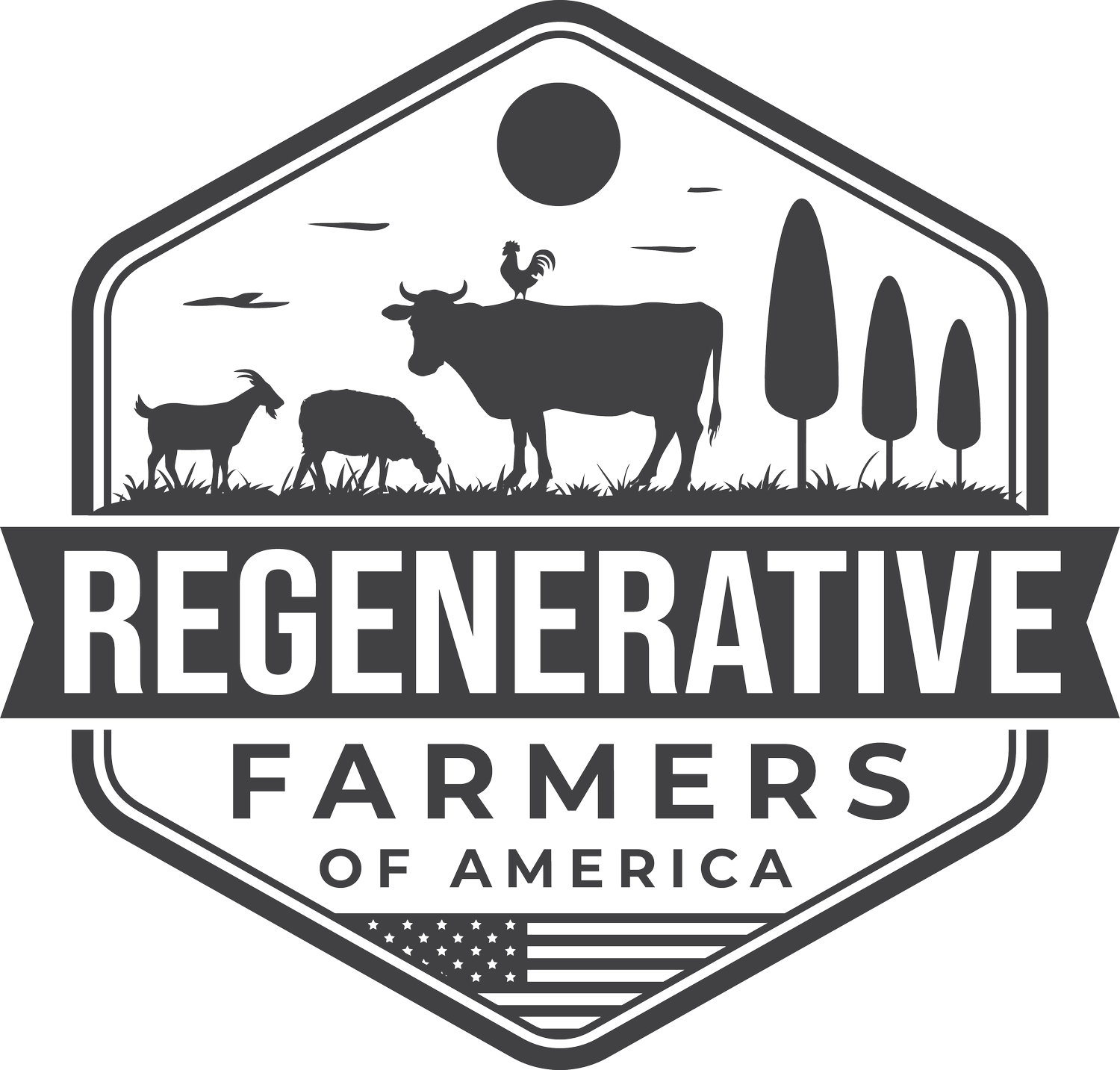How to Get Kids Involved in Regenerative Farming
In today's fast-paced, digital age, it’s more important than ever to get children outside in nature and give them a clear idea about where their food comes from. It’s our responsibility to raise a generation of conscientious young adults, and what better way to do this than to teach children about the benefits of regenerative, sustainable agriculture?
The Benefits of Regenerative Farming For Kids
Children these days spend far too much time indoors, looking at screens, and too much screen time is terrible for a child's physical and mental health. When children get involved in regenerative farming, they spend more time outdoors, which is better for their health. Spending time in nature can reduce stress in children and boost their immune systems. Furthermore, farming is a great way to teach children discipline and vital life skills. Studies even link exposure to healthy soil with improved cognitive function!
Getting kids involved in regenerative farming can be a fun and educational experience that teaches them about sustainability, agriculture, and the importance of protecting our natural resources. Here are some ways to get kids involved in regenerative farming:
How To Get Kids Involved With Regenerative Agriculture
Kids are naturally curious about nature, the environment, and where their food comes from, and they're generally very open to playing in the dirt. As a parent or caregiver, there are plenty of ways you can encourage a child's curiosity about nature.
Start Young
Don’t be afraid to let your kids frolic in the dirt from a young age. Encourage young children to plant seeds, identify insects and plants and get them involved with your home compost system. You can also introduce your children to raising animals and caretaking by raising a small flock of chickens or ducks in your backyard.
With children, keep projects small, simple, and not too serious. Make farming and gardening a positive experience for them. If you don’t have a garden, you can volunteer at a local community garden or local farm.
Start a small garden or container gardening
You don't need a large farm to practice regenerative agriculture. Starting a small garden in your backyard is a great way to teach kids about gardening, composting, and regenerative practices. Let them choose the vegetables or fruits they want to grow and involve them in the entire process from preparing the soil to harvesting.
Use large buckets to grow potatoes or small raised beds to grow just about anything! It’s an easy small way to get children invested in learning and seeing the fruits of their labor in a way the whole family can be involved in.
Give Kids Farming Books
Books are one of the best ways to teach children about farming and the environment.
These days, there are endless kids’ books that can teach children about where their food comes from and the importance of regenerative farming. Teach your children about the challenges of life on the farm through fiction, or give them practical plant identification guides.
Visit the story we created about a Little Regenerative Farmer and let her journey inspire your little one! Travel with our character Lina as she explores starting her own backyard farm to traveling and experiencing a variety of other farms while she learns Regenerative Agriculture!
Visit Regenerative Farms and Workshops
If you really want to inspire children, give them a hands-on experience with a day out at a local regenerative farm or workshop. Kids will be fascinated when they see exactly where their food comes from, and they can learn practical farming skills in a workshop. If you want to know more about regenerative farming, you can find your nearest regenerative farm here.
Attend farmers' markets
Take your kids to a local farmers' market and teach them about the benefits of buying local and seasonal produce. Let them interact with the farmers and learn about their farming practices and the importance of regenerative agriculture.
It’s amazing how many children think food comes from grocery stores. Help educate your child who grows and provides those foods and allow them to get closer to nature!
You can find a list of farmers’ markets here.
Share your Love of Regenerative Farming with Local Schools
To teach kids about regenerative farming, spread the word in local schools. Offer to give presentations about regenerative farming, and encourage schools to set up educational vegetable gardens. If you have local regenerative farmers in your area, find out if schools and farms would be interested in setting up a farm to school program.
Conclusion
With their natural curiosity, it’s easy to teach children about where their food comes from and the benefits of sustainable agriculture. If children get involved with regenerative farming, they’ll spend more time outside in nature and away from their screens, and they’ll be healthier, happier children. The planet will benefit too when you introduce the next generation to the importance of sustainable agriculture.


